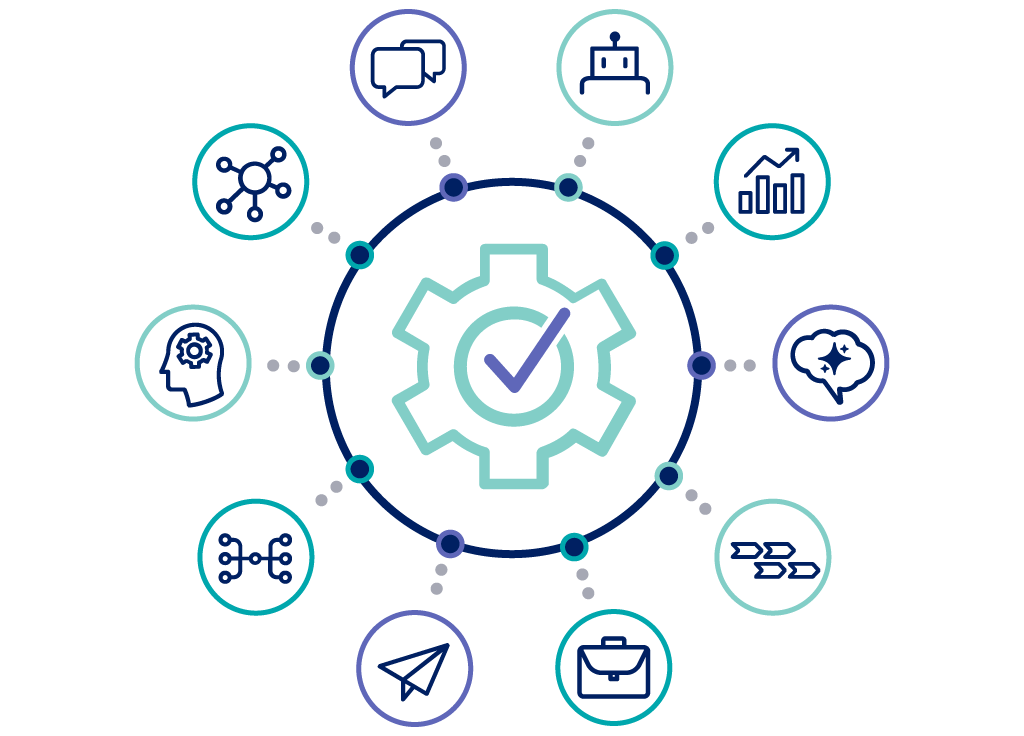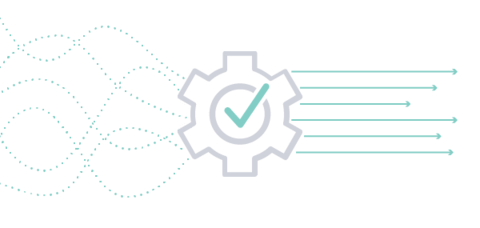
Hyperautomation

What is hyperautomation?
Using a range of automation technologies to automate repetitive manual tasks and business processes, hyperautomation makes everything from back-office workstreams to customer-facing communications more efficient and accurate.
How are automation and hyperautomation different?
Automation
Digital transformation starts with automating one single process or a step in a process at a time to streamline a workflow. This is only the beginning of the journey to creating a truly autonomous enterprise.
Hyperautomation
Hyperautomation works at scale, across an organization. Technologies like business process management (BPM), natural language processing (NLP), case management, process and task mining, artificial intelligence (AI), and robotic process automation (RPA) – work in tandem to power holistic digital transformation.
Why is hyperautomation important?
Optimizing processes across your organization allows for better business outcomes and employee productivity. Intelligent automation – when implemented with an accessible low-code development platform – gives businesses all the tools needed to work better, smarter, and faster.
Benefits of hyperautomation
- Workflow automation: Drive end-to-end outcomes across all your enterprise’s systems and channels.
- Low-code app development: Democratize app development – quickly and collaboratively.
- AI-powered decisioning: Continuously optimize workflows with predictions, intelligence, and insights.
- Robotics: Eliminate manual and repetitive tasks with attended and unattended bots and Voice AI.
- Mining and Insights: Optimize automation opportunities with Process Mining and Workforce Intelligence.


See how Pega can help you scale with RPA and set you on a continuous transformation journey.

How does hyperautomation work?
A comprehensive hyperautomation strategy spans four phases: Integration (connecting systems); Discovery (finding and prioritizing automation opportunities); Orchestration (implementing processes); and Governance (ensuring compliance and scalability).


Learn how NTT East automated back-end systems using Pega Robotic Process Automation.

